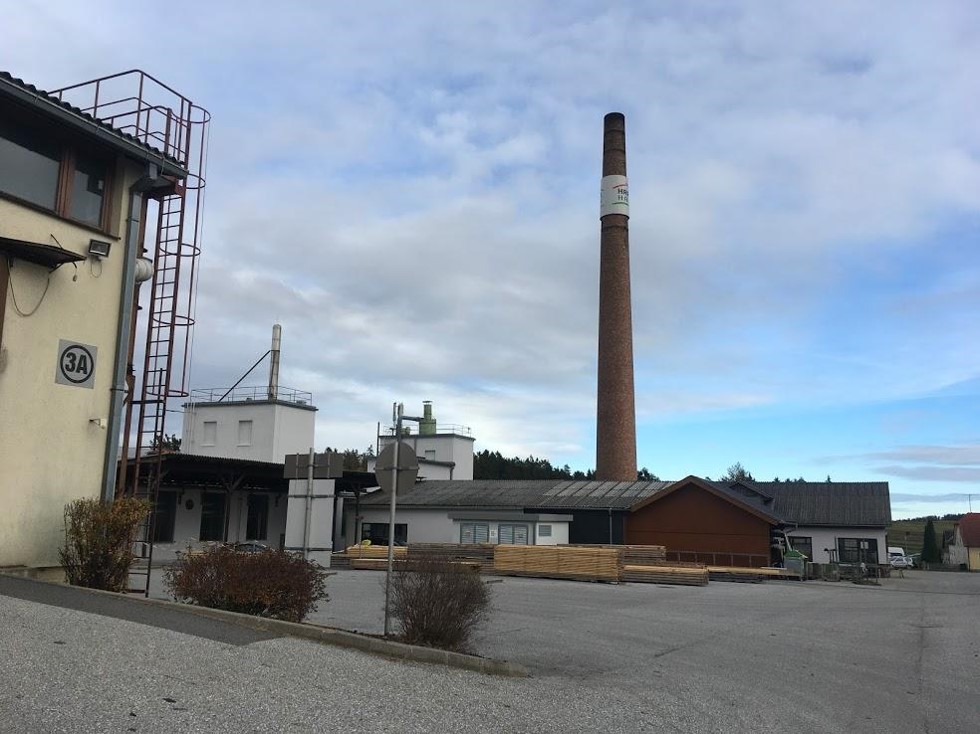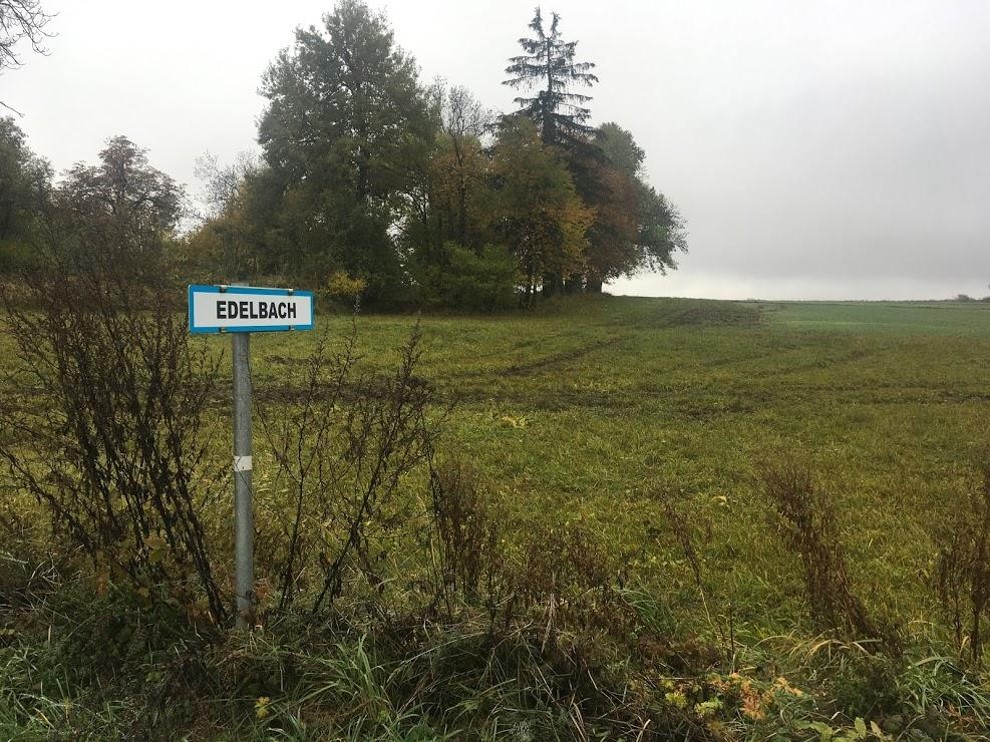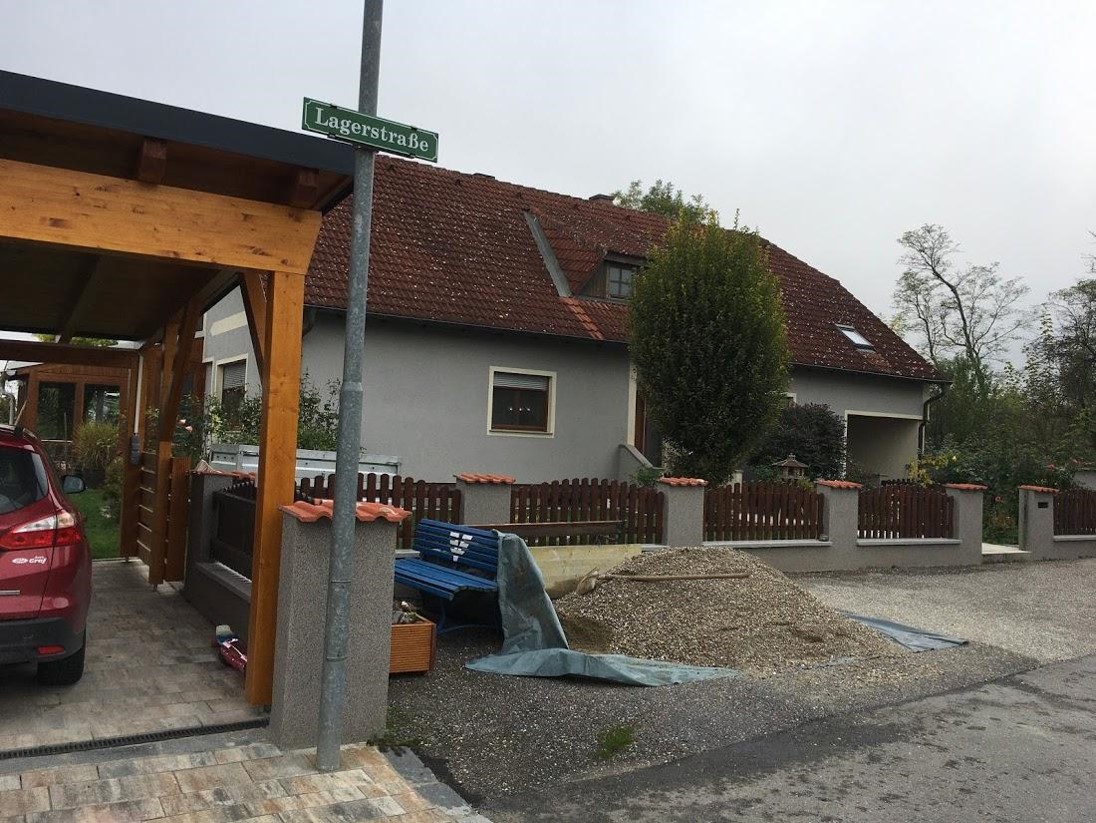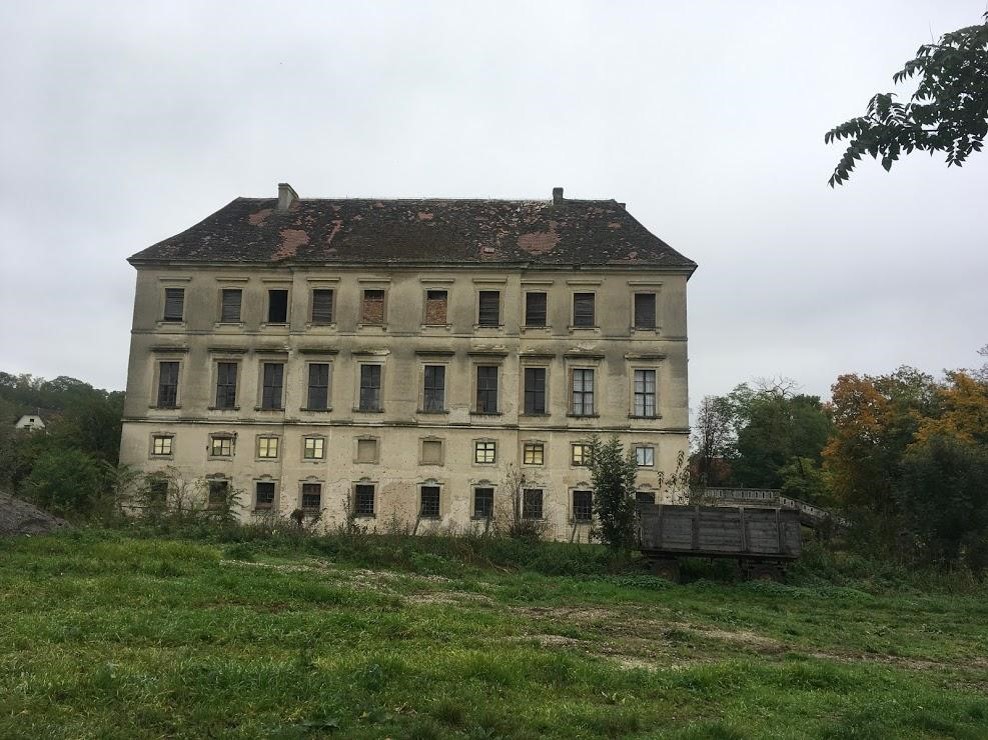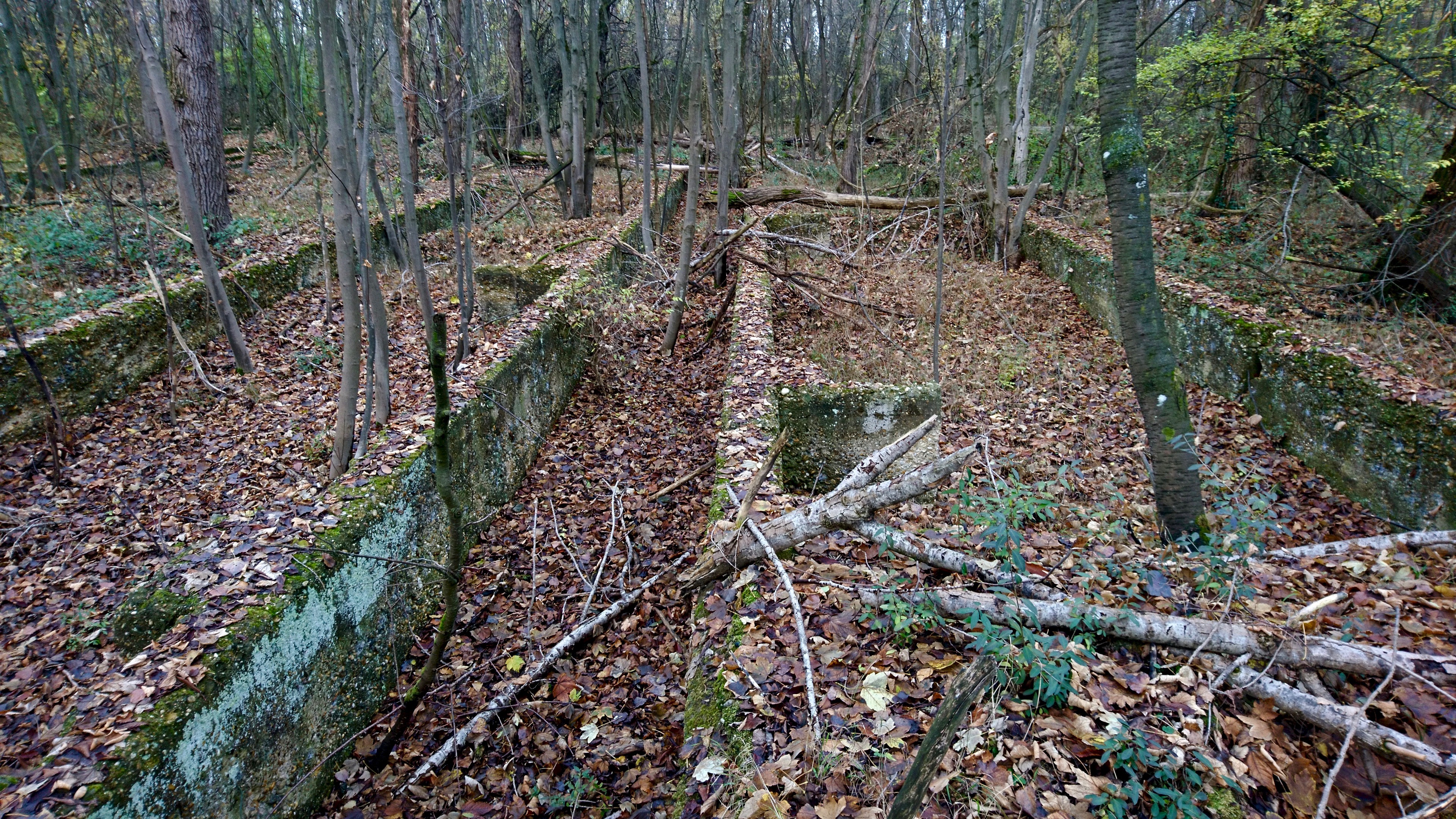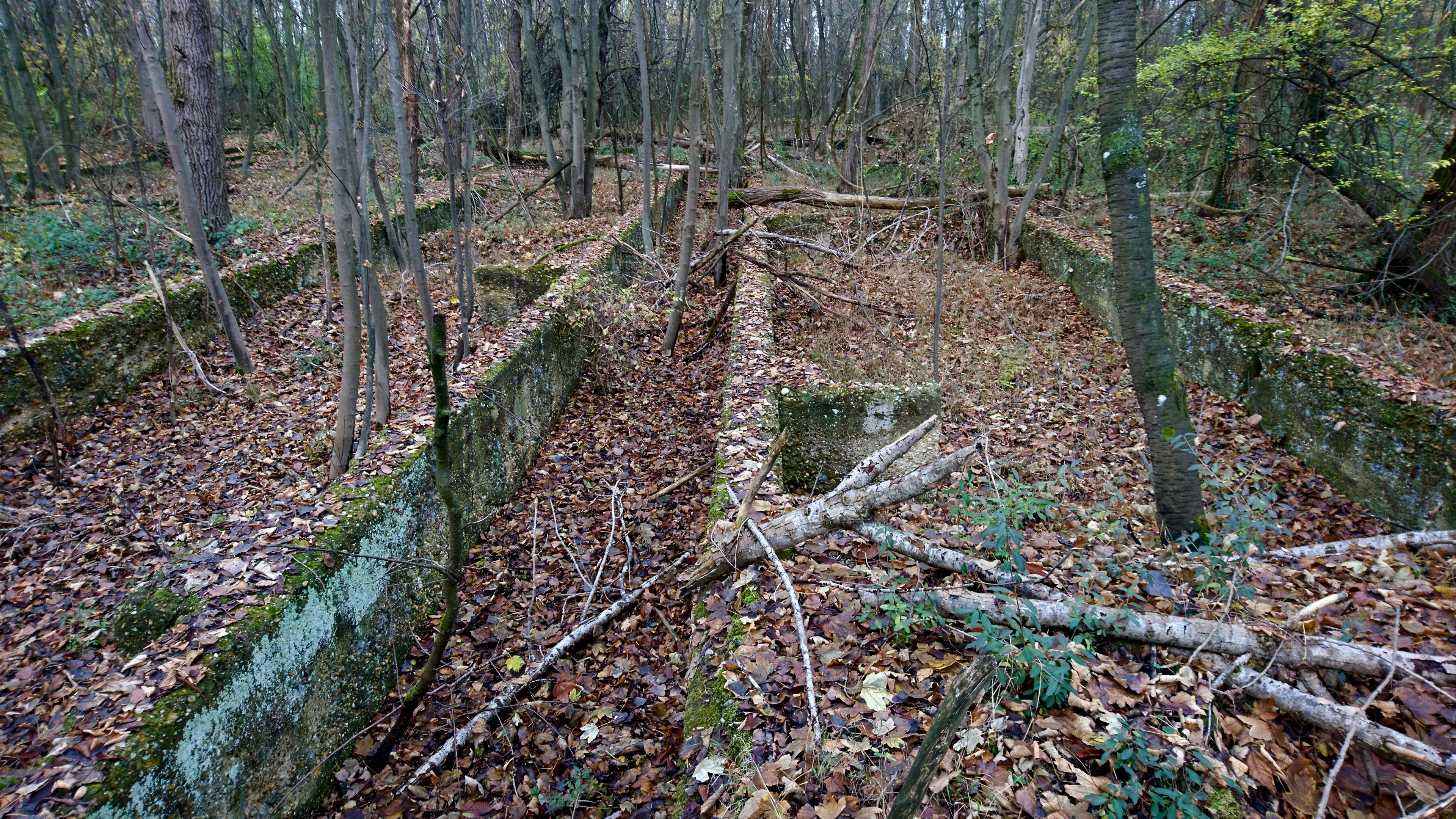
STALAG VXII B Krems-Gneixendorf
Labor camps detaining prisoners of war along with politically or racially persecuted persons and foreign forced laborers were erected throughout the entire territory of the "Ostmark" during the Nazi era. In 2019, the Federal Monuments Authority Austria surveyed some 230 Nazi labor camps alone for Lower Austria. However, due to the few remaining visible traces, it is often no longer possible to reconstruct the Nazi camps' exact location today. Wooden barracks were demolished, often the site was built over. Nowadays, former Nazi camps are wasteland or have been converted into housing estates, parking lots, sports fields or recreational facilities. Solid buildings which were used to hold forced internees have long since been given other functions.
These places are burdened with a historical layer, in many cases no longer (or hardly) recognizable today. Not only material traces are often missing, so is the knowledge about the camp sites often no longer or only fragmented available. The history these "places of horror" have written with local actors who might have been involved are an obstacle for the local population to overcome in order to incorporate Nazi forced labor camps into their regional memory.
The camp STALAG XVII B in Krems-Gneixendorf is one example of a former prisoner-of-war camp. It stands as one of the largest prisoner of war camps the Third Reich ever built, the largest of its kind on Austrian territory. At times, more than 60,000 prisoners of war were detained in STALAG XVII B Krems-Gneixendorf, mainly of Soviet and French origin, next to those of US-American, Belgian, Italian, Polish, British, Serbian, Slovakian, Bulgarian or Greek origin. Given its multinational composition and size, however, STALAG XVII B Krems-Gneixendorf is considered a significant focal point anchoring a transnational culture of remembrance. Today, the history of the camp is hardly known in Krems. The former camp site is overgrown and no longer recognizable as such. After World War II, the camp was demolished and building materials were used elsewhere. However, for decades former inmates visited the former camp site. Today their descendants come. The way leading to the camp is not signposted. Six steel panels in an art installation at the site itself mark the camp’s area on a large scale and two boards provide brief information, otherwise the site's historical dimension stays largely hidden. Remains of foundations and objects half-buried in the ground give a hint of a historical scale but do not allow a clear reference. Apart from a few exceptions, former Nazi labor camps are now "invisible" and forgotten places.
